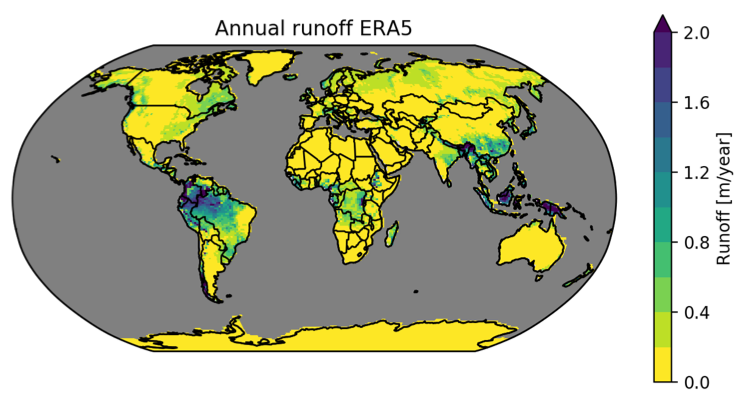Project Lead: Oriana Chegwidden, UW Civil & Environmental Engineering Department PhD Candidate and Staff Scientist
eScience Liaison: Nicoleta Cristea
Climate change is likely to exacerbate droughts in the future, compromising water availability around the world. Those changes in water availability may not be uniform across the land surface, with changes in precipitation, snowpack, and increased losses due to evapotranspiration. The resulting combined changes to surface water availability are an active area of research. These potential changes are of global significance, particularly in transboundary river basins. Given that earth systems and river basins are agnostic of political boundaries, the potential impacts of changes in water availability, particularly when in a river basin that straddles apolitical boundary, are significant. In this project we evaluate an ensemble of newly released global climate model (GCM) simulations from the Coupled Model Intercomparison Project Phase 6 (CMIP6), investigating the global impact of climate change on surface water availability. We evaluate these projected changes across river basins, evaluating the extent to which river basins respond uniformly, or whether transboundary river basins will experience greater inequity in water availability. We perform the analysis on the Pangeo platform, using CMIP6 data housed on Google Cloud. We validate the results against ERA5, a global reanalysis product which serves as a gridded observational dataset available at similar resolutions and spatial extents appropriate for comparison with GCM outputs. For example, the mean annual runoff from this dataset for the period 1985-2014 is shown in the figure at right. Ultimately, we provide an analysis of changes in water availability in transboundary river basins. This provides a global study of projected climate change impacts on international water security.
View the final presentation here.

